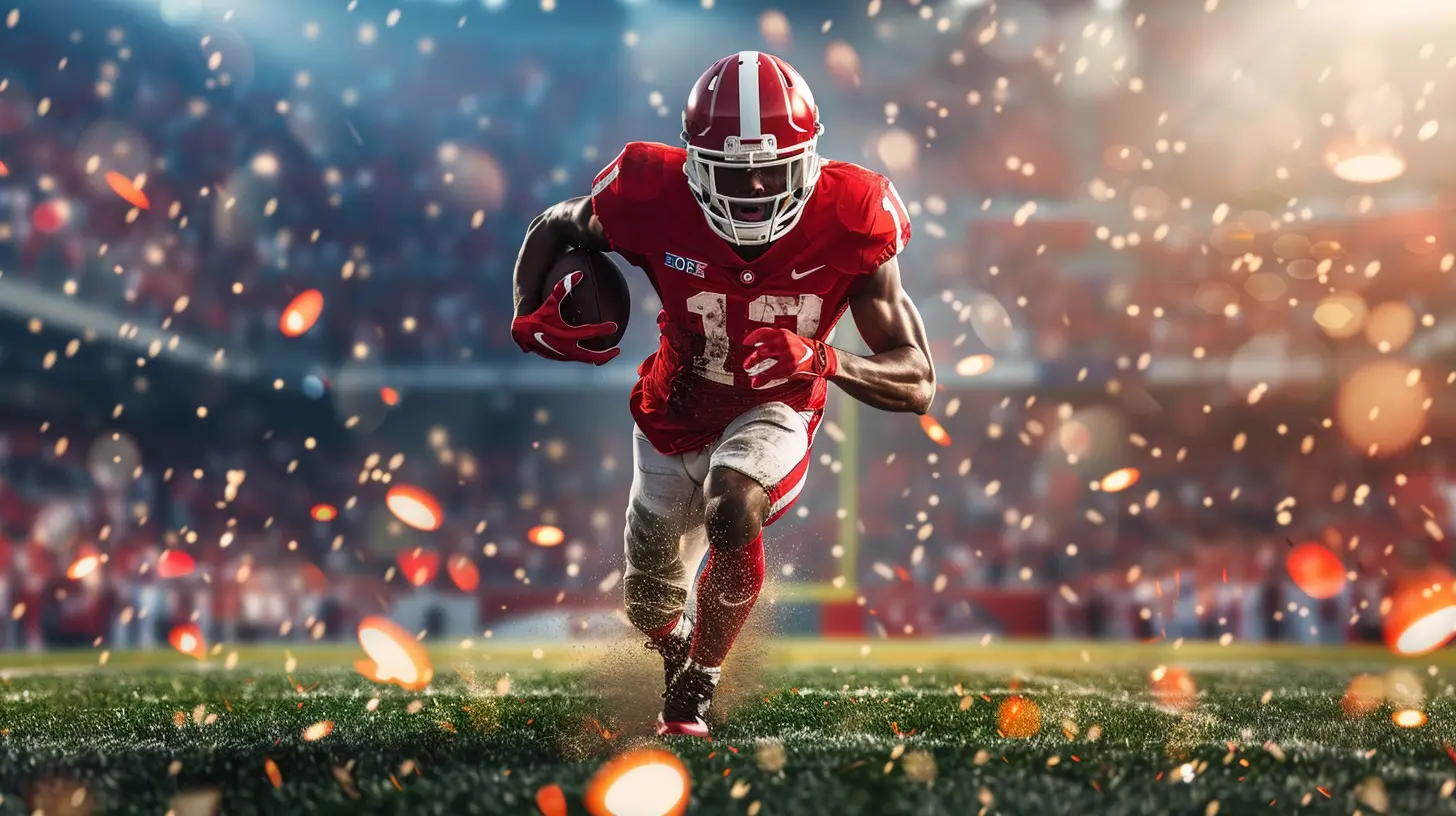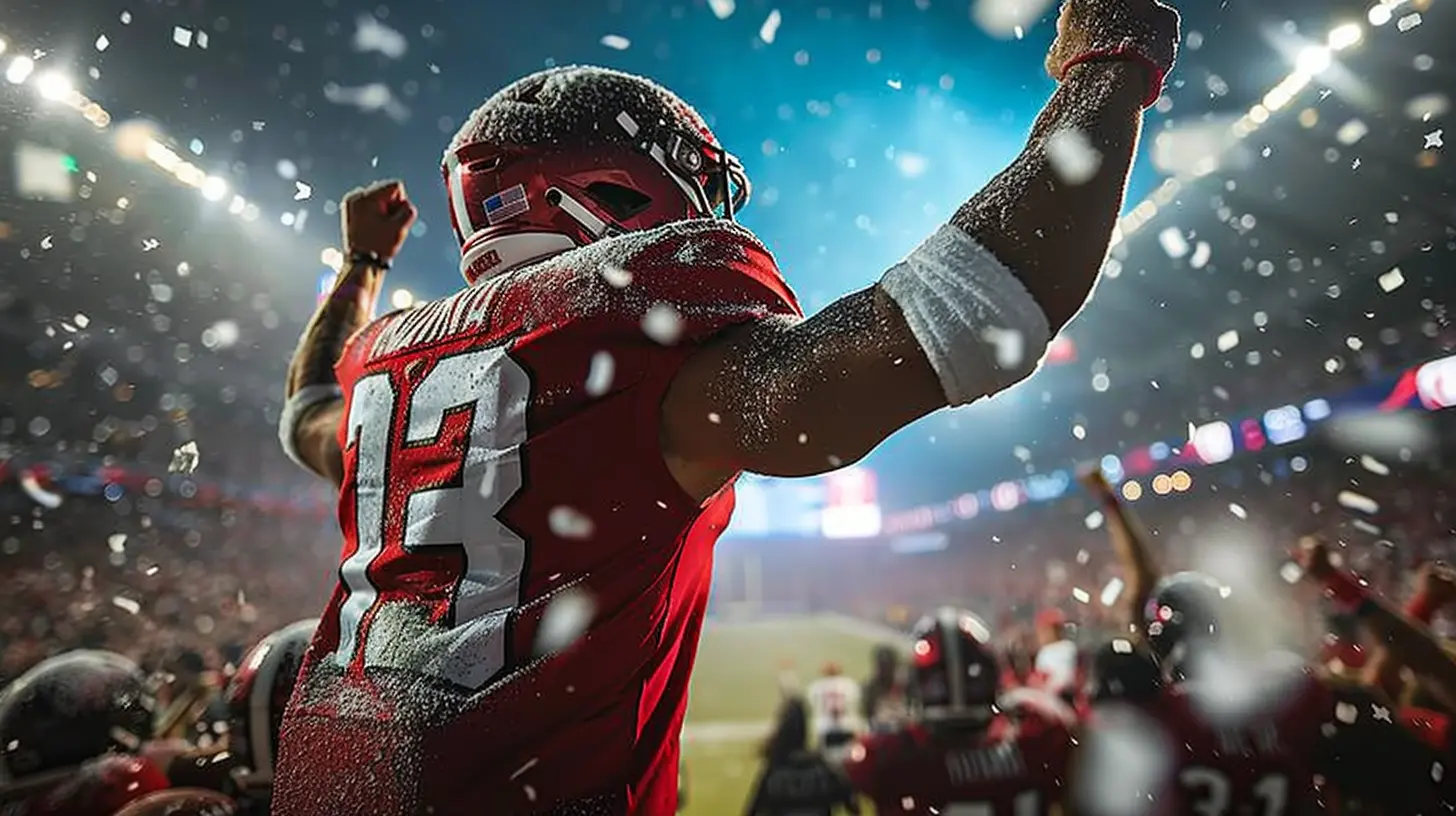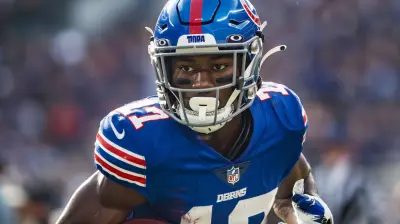How to Create a Successful Sports Marketing Campaign
28 October 2025
Sports and marketing go together like peanut butter and jelly. Whether it's a major brand sponsoring a football team or a local business supporting a youth league, sports marketing has the power to engage fans, boost brand awareness, and drive revenue. But how do you create a sports marketing campaign that actually works? That’s exactly what we’re going to break down today.

What is Sports Marketing?
Before we dive into the nitty-gritty, let's get on the same page about what sports marketing is. Simply put, sports marketing is the promotion of products, brands, or services through sports-related campaigns. These can range from sponsorships and endorsements to social media campaigns and fan engagement strategies.At its core, sports marketing isn’t just about selling—it’s about creating a connection between the brand and sports fans. When done right, it builds loyalty, encourages brand advocacy, and generates real business results.

The Key Elements of a Winning Sports Marketing Campaign
A successful sports marketing campaign doesn’t happen by accident. It requires planning, strategy, and a deep understanding of both the sport and the target audience. Here’s a step-by-step blueprint to help you craft a campaign that scores big.
1. Define Your Goals
Before you start brainstorming creative ideas, ask yourself: What do you want to achieve?Are you looking to:
- Increase brand awareness?
- Drive ticket sales?
- Boost engagement on social media?
- Promote a new product?
Your marketing goals will dictate everything else in your campaign. Without clear objectives, you'll just be throwing darts in the dark. And let’s be real—nobody wants to waste time and money on a campaign that doesn’t convert.
2. Know Your Target Audience
Who are you trying to reach? Sports fans come in all shapes and sizes, and understanding your audience is crucial. Consider factors like:- Age
- Gender
- Interests
- Location
- Social media habits
For example, if you're marketing an energy drink to young basketball fans, your strategy will look quite different than if you're promoting retirement investments through a golf tournament. The better you know your audience, the more effectively you can tailor your message.
3. Choose the Right Sports Platform
Not all sports marketing strategies are created equal. Your platform can make or break your campaign. Some of the most effective sports marketing channels include:- Social Media: Engaging with fans on platforms like Instagram, Twitter, TikTok, and Facebook.
- Sponsorships: Partnering with teams, athletes, or events to showcase your brand.
- Email Marketing: Sending targeted emails with exclusive content, promotions, or event announcements.
- Traditional Advertising: TV commercials, billboards, and radio ads still have their place.
- Influencer Marketing: Collaborating with athletes or sports influencers to promote your brand.
The key is to choose the platform that aligns with your goals and audience to maximize impact.
4. Craft a Compelling Message
A sports marketing campaign is only as powerful as its message. What story are you telling? What emotions do you want to evoke?The best sports marketing campaigns tap into passion, excitement, and loyalty. Think about Nike’s iconic "Just Do It" slogan. It’s simple, yet motivating. Your campaign message should be:
- Clear and concise: No one has time for complicated jargon.
- Emotionally engaging: Make people feel something—excitement, nostalgia, inspiration.
- Authentic: Fans can sniff out inauthenticity from a mile away, so keep it real.
5. Utilize Athlete Endorsements
Athletes are more than just players—they’re influencers. Partnering with the right athlete can instantly boost your credibility and reach. But it’s not just about picking the biggest star. You need to find someone who aligns with your brand values and resonates with your audience.For example, if you're a sustainable sportswear brand, an athlete passionate about environmental issues would be a better fit than someone who has no interest in sustainability.
6. Engage Fans With Interactive Content
Great sports marketing is interactive. Fans want to feel involved, not just be passive observers. Use tactics like:- Polls and contests on social media
- Behind-the-scenes videos
- Live Q&A sessions with athletes
- Augmented reality (AR) experiences
- Fantasy leagues and prediction games
The more you engage fans, the more invested they become in your brand.
7. Maximize Social Media Strategy
Social media is a goldmine for sports marketing—if you use it right. Here are a few ways to make the most of your social channels:- Leverage Hashtags: Create a unique campaign hashtag to boost visibility.
- Use Video Content: Highlight reels, behind-the-scenes footage, and athlete interviews create massive engagement.
- Post in Real-Time: Live updates during games keep fans glued to your page.
- Encourage User-Generated Content: Get fans to share their experiences with your brand.
If your campaign doesn’t have a strong social media presence, you’re leaving serious engagement on the table.
8. Offer Exclusive Promotions and Merchandise
Everyone loves free stuff. Offering exclusive promotions, limited-edition merch, or VIP experiences can drive excitement and increase brand loyalty.Think about it—would you rather engage with a brand that's just selling you something or one that offers exclusive content, giveaways, and once-in-a-lifetime experiences? The answer is pretty obvious.
- Special-edition jerseys
- Discounted game tickets
- Meet-and-greet opportunities with athletes
- Membership or loyalty programs
Giving fans something valuable makes them more likely to stay engaged with your brand long-term.
9. Track Performance and Optimize
A great campaign doesn’t end after launch. You need to track performance, analyze results, and tweak your strategy accordingly.Key metrics to monitor:
- Engagement (likes, shares, comments, video views)
- Conversion rate (ticket sales, product purchases, sign-ups)
- Website traffic (how many people are visiting your landing page?)
- Hashtag performance (how often is your campaign hashtag being used?)
Use tools like Google Analytics, Facebook Insights, and other analytics platforms to see what’s working (and what’s not). Then, optimize for better results.

Final Thoughts
Creating a successful sports marketing campaign isn’t just about throwing ads out there and hoping for the best. It’s about strategy, engagement, and authenticity. By defining clear goals, understanding your audience, leveraging social media, and making fans part of the journey, you can build a campaign that wins big—both on and off the field.So, whether you’re a local sports brand or a global powerhouse, follow these steps, and watch your marketing campaign take off like a last-minute game-winning goal.
all images in this post were generated using AI tools
Category:
Sports MarketingAuthor:

Onyx Frye
Discussion
rate this article
1 comments
Finnegan Holland
Successful sports marketing transcends metrics; it builds authentic connections that resonate with passionate fans.
November 9, 2025 at 4:10 AM

Onyx Frye
Absolutely! Authentic connections are key to engaging fans and driving successful campaigns. Metrics matter, but the emotional bond is what truly fuels loyalty and passion.


